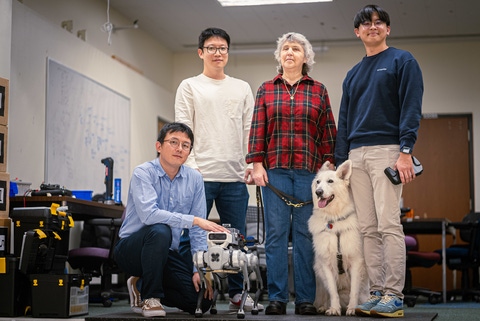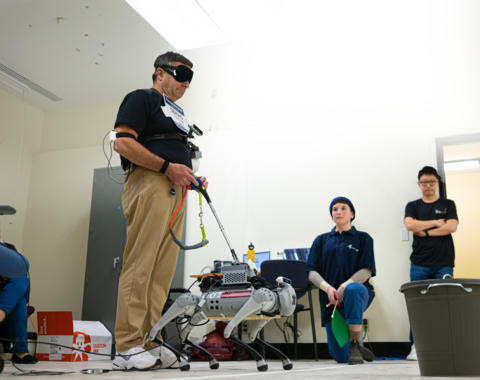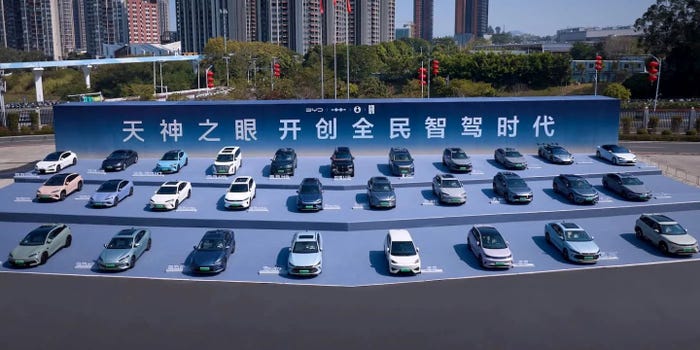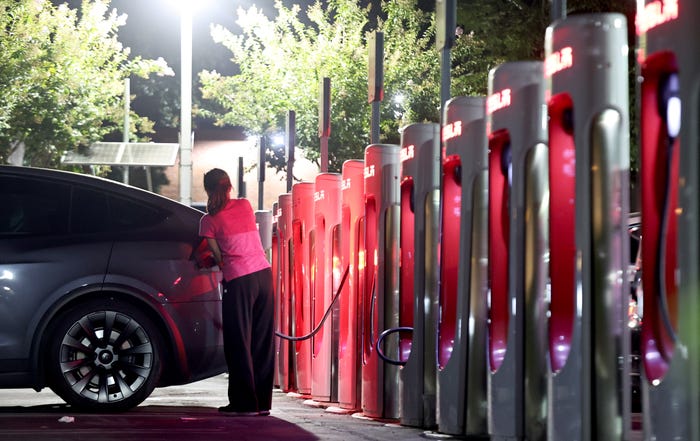Robot Guide Dog Design Guidelines ReleasedRobot Guide Dog Design Guidelines Released
The University of Massachusetts team conducted interviews with guide dog users and handlers, to create a guide for engineers

A University of Massachusetts Amherst team has released a study on robot guide dog design, using insights from guide dog trainers and users to improve human-machine interactions.
Currently, cost and a lack of trained dogs are barriers to visually impaired people having access to guide dogs, with robotic companions pitched as a more affordable and scalable alternative.
“We’re not the first ones to develop guide-dog robots,” said Donghyun Kim, one of the corresponding authors of a study on the research. “There are 40 years of study there and none of these robots are actually used by end users.
“We tried to tackle that problem first so that, before we develop the technology, we understand how they use the animal guide dog and what technology they are waiting for.”

A robotic guide dog being tested. Credit: Zinj Guo
For the new design, the team conducted interviews and observation sessions with 23 visually impaired dog-guide handlers and five trainers, collecting data on desired guide dog traits and current limitations seen in canine guide dogs.
One of the observations from the sessions was the need to strike a balance between human control and machine autonomy.
For instance, users want a dog that helps with obstacle avoidance but that enables the user to retain control over the overall route.
“When the handler trusts the dog and gives more autonomy to the dog, it’s a bit delicate,” said Kim. “We cannot just make a robot that is fully passive, just following the handler, or just fully autonomous, because then [the handler] feels unsafe.”
Other findings include the need for long-lasting battery life, expanding camera orientations to allow for overhead obstacles, including audio sensors for hazard perception, and something to allow users to get on the correct bus.
The findings have been released in a paper, which the team said they hope will serve as a guide to innovators developing robotic companions.
“In this paper, we also give directions on how we should develop these robots to make them actually deployable in the real world,” said Hochul Hwang, the paper’s lead author.
About the Author
You May Also Like








